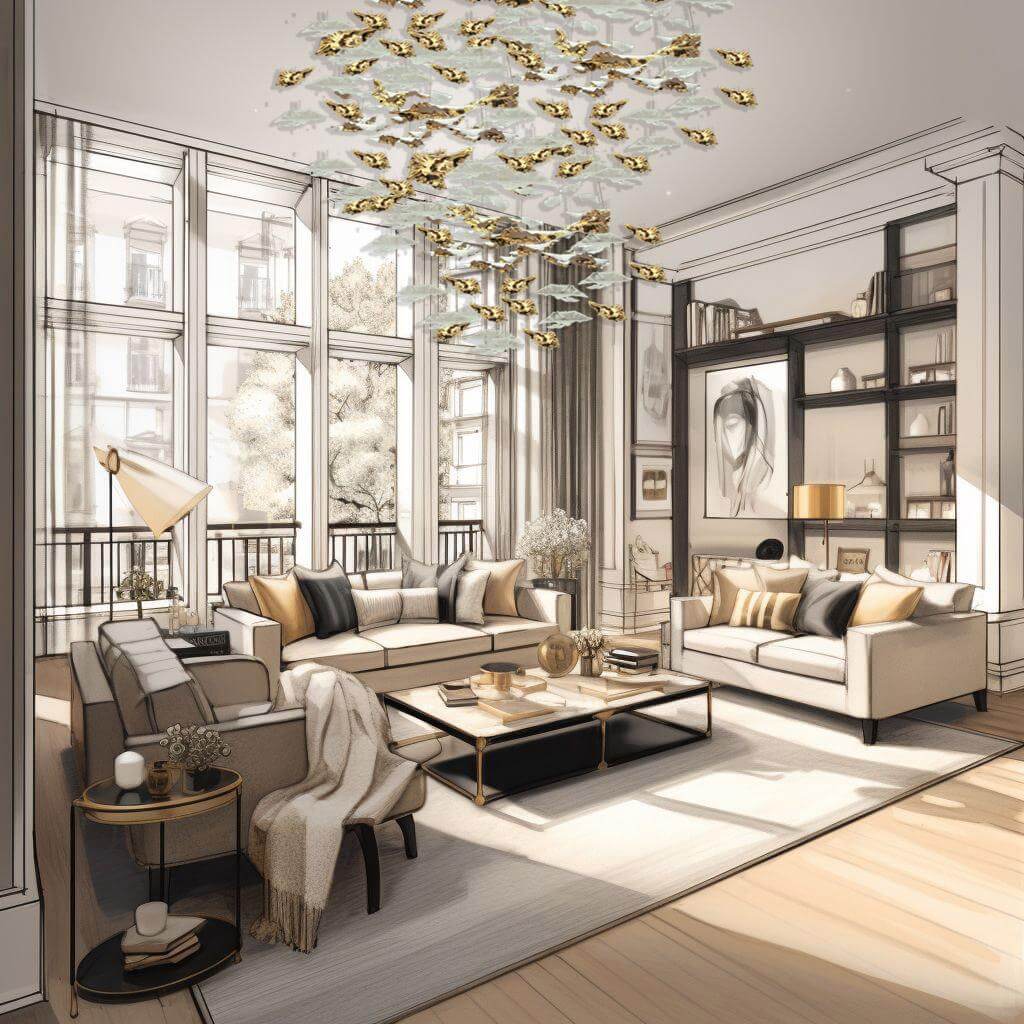Single use plastic pollution has now reached a level where it is a huge problem for our world.
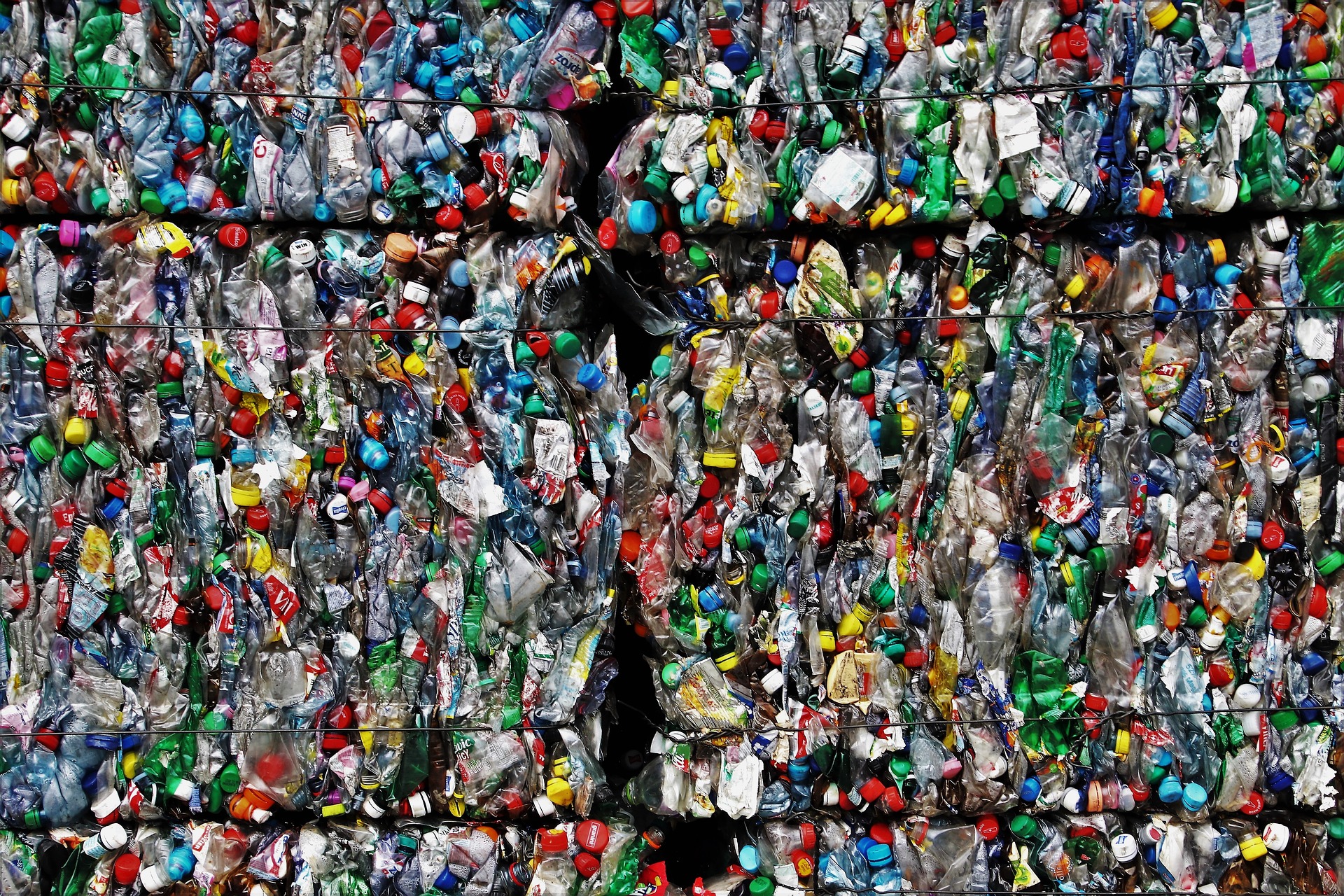
The design world though can help in reducing the plastic crisis in different ways.
As we can read on BBC, each year, 400 million tonnes of plastic is produced and 40% of that is single-use – plastic we’ll only use once before it’s binned.
Plastic crisis has became a massive issue all around the world, and we cannot afford to carry on this way.
It’s time to react, and it’s time to shift our behaviour towards our planet.
The good news is that people are becoming aware of this, and loads of companies are starting to adopt a plastic free policy and some are actually trying to tackle the problem.
Ocean is one of the area of our earth that it’s highly affected by plastic waste.
Over 5 trillion pieces of plastic currently litter the ocean, but at least there is someone like The Ocean Cleanup.
Ocean Cleanup is developing a passive system, using the natural oceanic forces to catch and concentrate the plastic.
Both the plastic and system are being carried by the current.
The system consists of a 600-meter-long floater that sits at the surface of the water and a tapered 3-meter-deep skirt attached below.
The floater provides buoyancy to the system and prevents plastic from flowing over it, while the skirt stops debris from escaping underneath.
It’s definitely reassuring seeing that some amazing companies like this are fighting the plastic use.
The Ocean cleanup in action (Courtesy of The Ocean Cleanup)
But what about our design industry? What can we do about it?
There are two ways of approach: one is to ban plastic from our design completely, including packaging.
The other one would be re-using the current plastic that otherwise will take years to dispose of, and recycle this in our design pieces and interiors.
It seems like someone is already moving in this direction.
In fact during the Salone del Mobile 2019, it was great to see the that Rossana Orlandi launched the Ro Plastic Prize for reusing, recycling and reinventing plastic.
The competition forms part of Orlandi’s Guiltless Plastic initiative, which exists to champion the responsible use of the material.
Ro Plastic Prize wishes to unite the design community in the challenge to move beyond plastic pollution as we know it today and to promote the next generation of design.
Rossana Orlandi Interview (Courtesy of FMS presents)
Furniture made of recycled plastic and fabrics made from plastic bags are among winners of the Ro Plastic Prize competition.
Alexander Schul won the design category of the contest. His Substantial furniture collection – comprising a chair, a lamp and a side table – is made entirely from recycled plastic.
Hend Riad and Mariam Hazem from Reform Studio won the home textiles category for their Plastex project – a line of colourful textiles made of reused plastic bags.
As we can see, something is moving and even bigger brands are starting to be aware of this huge problem, and Adidas is one of them.

Alexander Schul Substantial Lamp (courtesy of Alexander Schul)
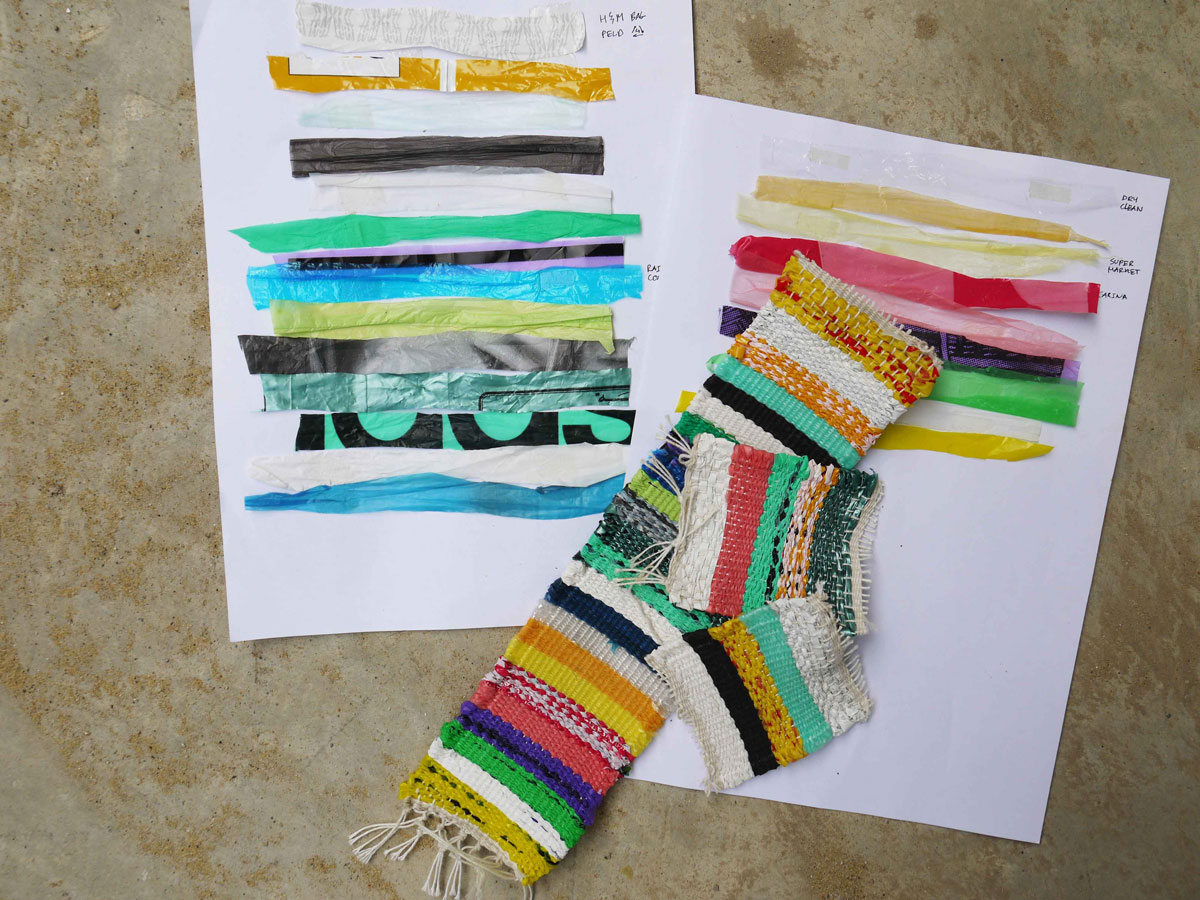
Plastex Textile by Reform Studio (Curtesy of Reform Studio)
Adidas unveils fully recyclable Futurecraft Loop sneakers.
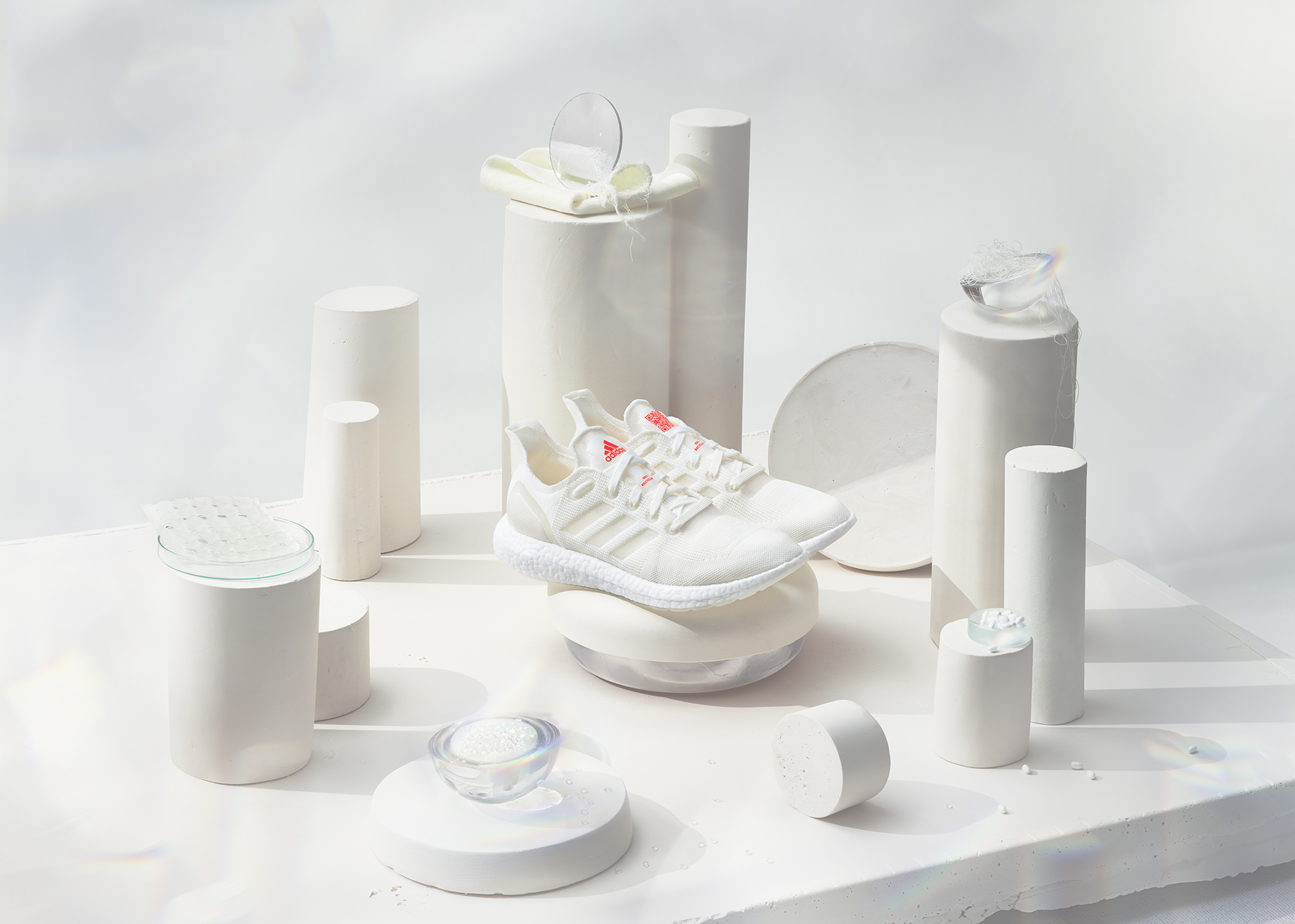
The innovative sneakers are made from virgin plastic that can be ground up and remade again, as part of the company’s bid to mitigate the plastic crisis.
At the moment 200 users are testing the shoes, which will be given back to Adidas in few weeks.
The used shoes will be then washed, ground up into pallet and the material refused to manufacture new shoes which will then be tested.
A very interesting closed-loop system, which will save a lot of plastic from going into our environment system.
The newspaper industry is moving as well, using biodegradable wrapping.
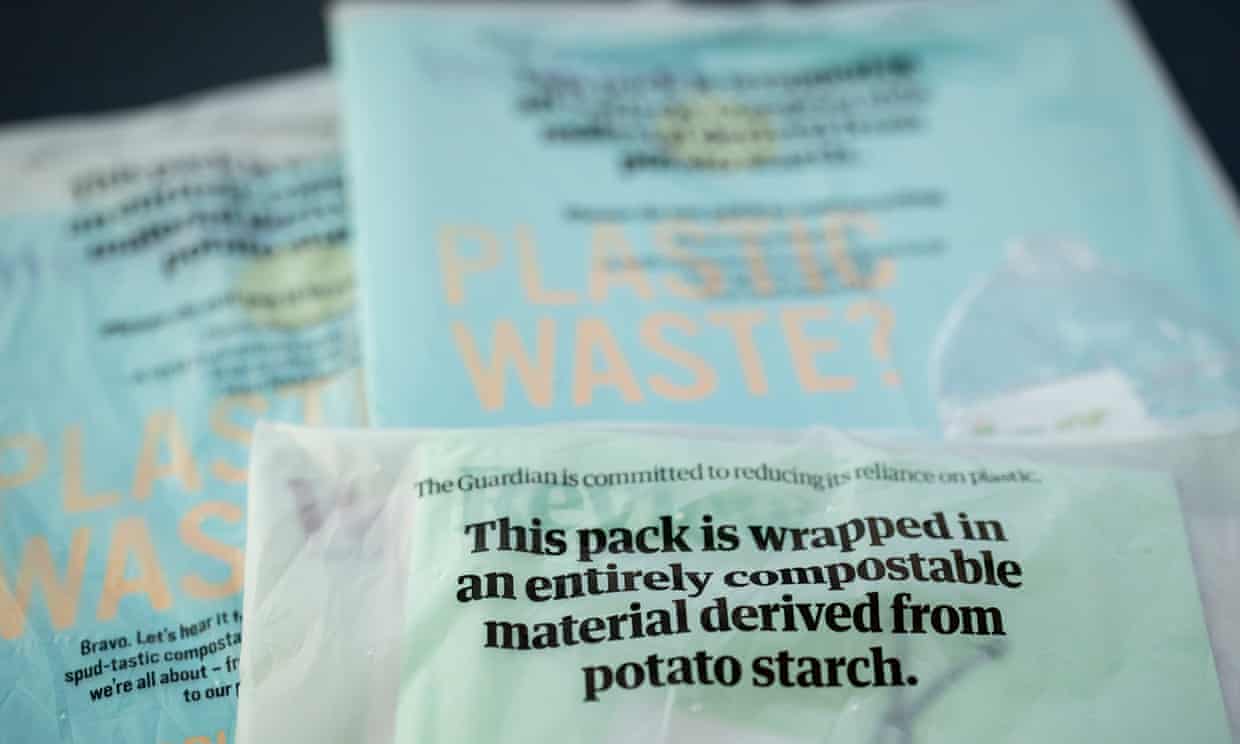
UK national newspaper The Guardian has scrapped its polythene packaging in favour of a compostable wrapping made from potato starch, in a bid to reduce its plastic waste.
Probably though the best solution is adopted by the FT, which doesn’t use any plastic packaging.
But how we can incorporate recycled plastic into our luxury interior design projects?
This is not an easy process, as re-cycling and luxury are not words that currently really work together.
In our luxury interior design projects we are currently trying to use as many environmentally friendly materials as possible.
However, if we stop and think for a second, our biggest luxury is a clean and healthy earth, for us and for our children.

